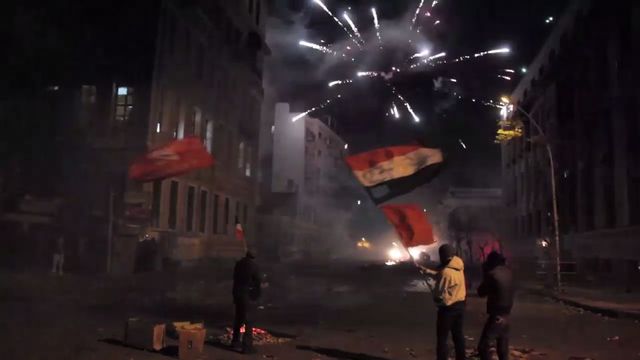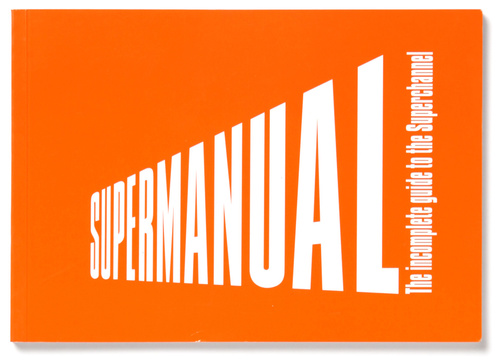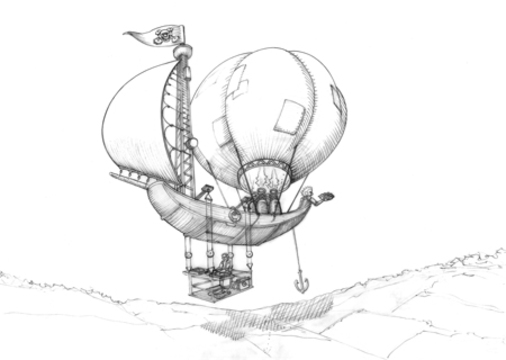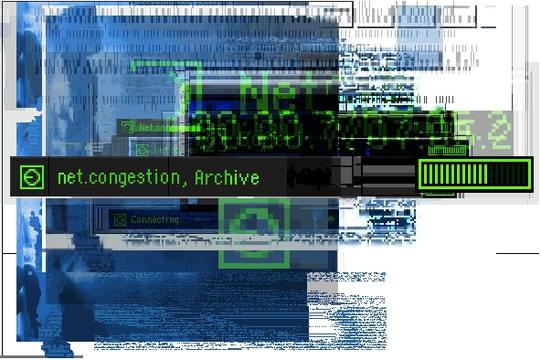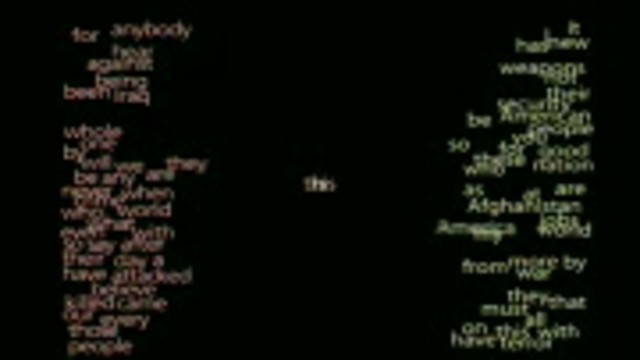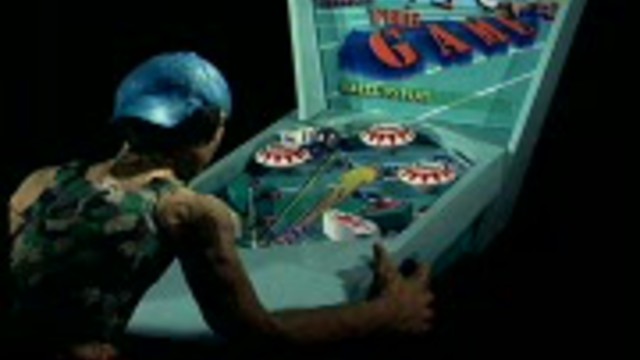Search results for 'media'
Supermanual
Pierate Ship Skylarkin
net.congestion archive
Next 5 Minutes 2
Civil Networking in a Hostile Environment: Experiences in the Former Yugoslavia
Methods of media resistance - the example of Radio B2-92
Veran Matic, editor-in-chief of the famous Radio B92, Belgrade, and
chairman of the ANEM federation of independent broadcasters in Serbia
and Montenegro, discusses some of the methods employed by his
organisation in the tumultuous environment of the former Yugolslavia.
Some points of departure
Introductory essay for the second editon of the Next 5 Minutes festival of tactical media, 1996.
REALLY? - Art and Knowledge in Time of Crisis
Opening on 22 June 2024 at Framer Framed, the exhibition Really? Art and Knowledge in Time of Crisis highlights the ways in which the scientific disciplines – historically associated with truth-telling – are increasingly used by cynical actors of big corporations and rogue governments alike to obscure, mislead and effectively capitalise and weaponise ignorance. The exhibition is curated by David Garcia and Mi You.
Hate Machine
Next 5 Minutes 3 Workbook
Festival catalogue and reader, March 12-14, 1999.
Felix Stalder Digital Solidarity
eBook published by Mute Books and the Post Media Lab, Leuphana University.
Digital Resistance (CAE)
PDF version of the book by Critical Art Ensemble.
Next 5 Minutes 4 Program
The original program brochure of the Next 5 Minutes 4 international festival of tactical media, Amsterdam September 11 - 14, 2003.
Final declaration of the FC⚡MC
Instigating final declaration of the FC⚡MC
In the middle of the protest, something new emerged:
Final declaration of the FC⚡MC - International Media Center during G20 in Hamburg
Putting the Demo Back in Democracy: March Against the Moguls.
That guerrilla video is now the subject of historical reflection is
probably a sign of its demise. There has been a recent flurry of
archival and publishing activity centering on experiments made in the
'70s. In 1997, the Chicago-based Video Data Bank released Surveying the
First Decade, a compilation of work from the early days of video, and
Oxford University Press published Deirdre Boyle's Subject to Change:
Guerrilla Television Revisited, the definitive study of the video
movements of the late 1960s and '70s. These reflections on the utopian
impulse in early video provide an opportunity to think about the
present state of media in this country, in particular those movements
that have attempted to create electronic space for non-commercial views
that run counter to the mainstream.
tranzit.sk
tranzit is a network working independently in Austria, the Czech Republic, Hungary and Slovakia since 2002.
ReadDebates & Credits
The GHI of Tactical Media
Tactical media are the field being worked by artists adopting a positive attitude towards contemporary digital technology, in a critical, innovative spirit. Media artists reveal a preoccupation with aesthetics as a concept, not with a particular style. This trend is part of the creation of a new language for the communications network era, a user language which is successful as art because it transmits an effective activism. Media activists are a hybrid of artist, scientist, theoretician and political activist that shuns labels and categorizations. Their creations are characterised by integration of user and machine in the work itself, so that interactivity has an important place within it. The concept of tactical media allows Art with a capital and grassroots political activism to be combined and, in this sense, we could include in it the tactical struggle that is part of anti-globalisation movements. Media activists point to the power of tactics as a means of breaking down the barriers between mainstream values and alternative ones, between professionals and amateurs and even between people who are creative and those that are not.
Read
